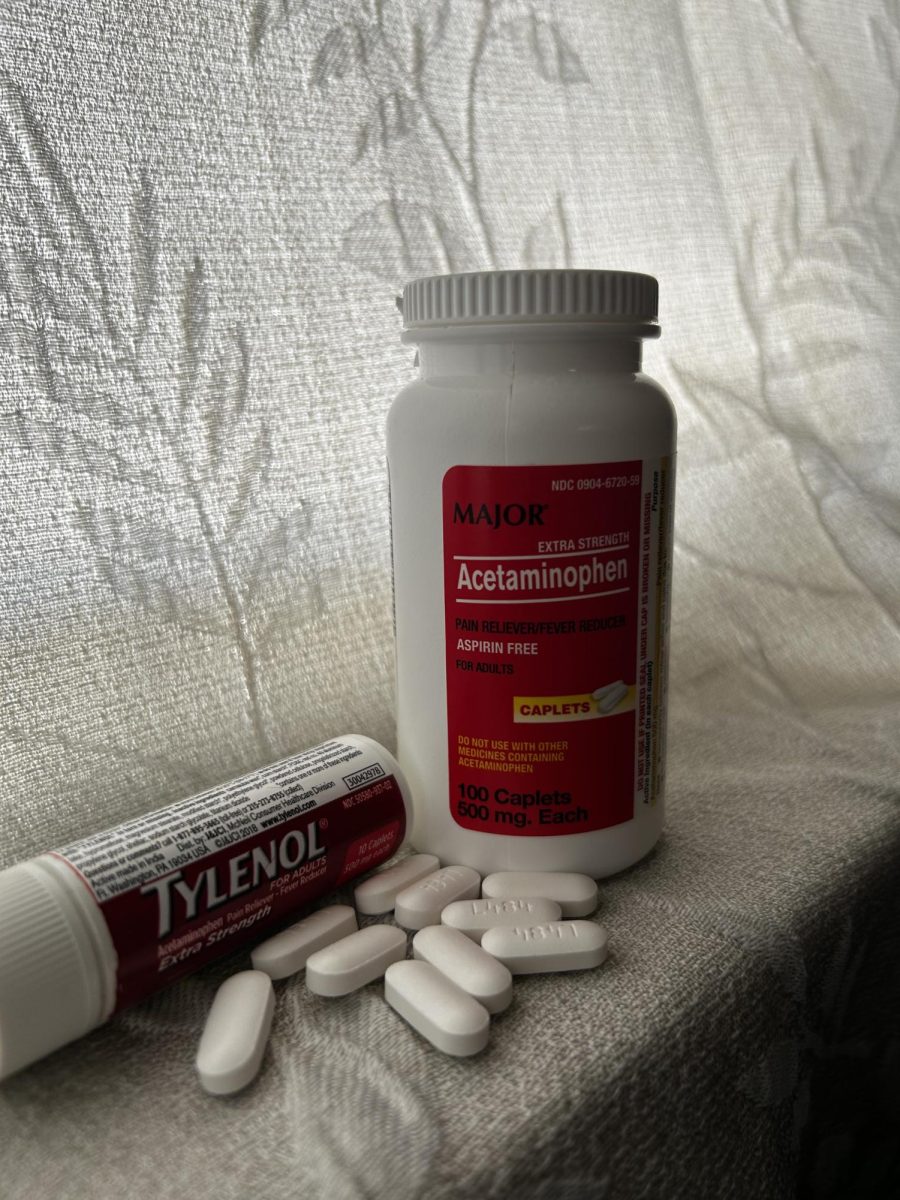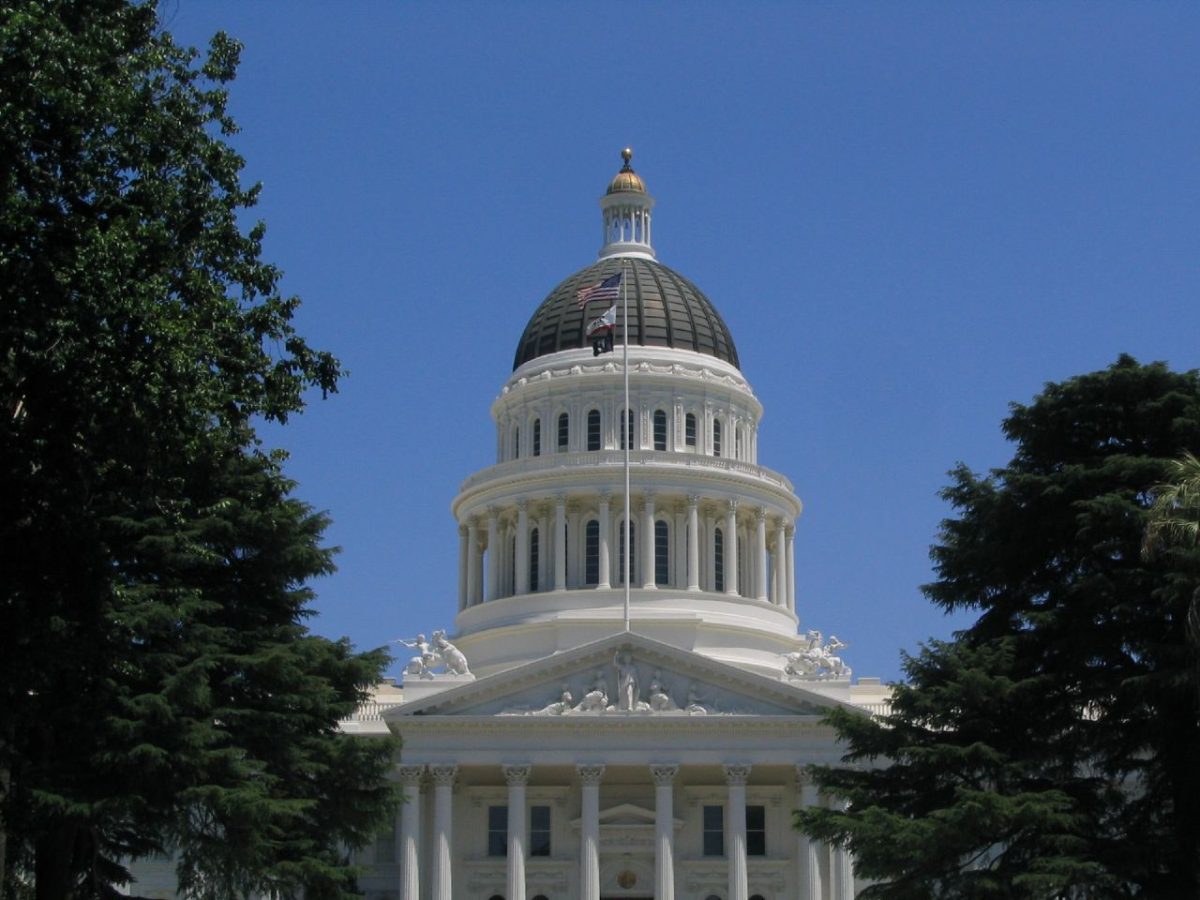So you want to make a difference this year by voting? That’s great, but there are some steps you should take to ensure you can do that such as registering in time and ensuring you have chosen the best way to vote while staying safe amid the coronavirus pandemic.
This guide was compiled using information from the California’s Secretary of State website and information from election experts.
Can I vote?
With the presidential election around the corner, citizens of the United States must find out first if they are eligible to vote on Election Day, Nov. 3. To vote in California, you must be a resident over the age of 18 by the time Election Day comes around. You must also not be in federal prison or on parole from a felony. According to the Secratery of State website, you must also not be “found mentally incompetent to vote by a court.”
How do I register to vote?
If you are registering to vote this year, you must do so 15 days prior to Election day. For California specifically, the Voter Registration deadline for the election is Oct. 19. If you haven’t yet registered, go to registertovote.ca.gov and click “Register to vote now” to fill out a Voter Registration Application.
According to the Secretary of State quick guide, you will need to provide your legal name, any form of government identification, your address, a mailing address, registration history, political party preference, optional voter information and sign an affidavit. If you’d like full detail on how you can complete an application, check out the Californian Voter Registration “Quick Guide.”
How do I check my registration?
It is incredibly important that you check your registration because there are times people are removed from the registration lists by state and local election offices due to not voting, moving or if there is an error in the system. Also, if you are unsure whether or not you’re already registered to vote, it’s always a good idea to double check.
When checking your registration, don’t forget to also check if your information is up to date. If you’ve moved, you need to update your registration or re-register to make sure your new address is up to date and you are at the correct polling place. If you have recently been married or changed your legal name, double check to see if your name is up-to-date. Also, lookout and see if your party affiliation is still accurate.
How can I vote by mail?
Typically, when registering, you would be given the option to choose to vote in person or through the mail. If you do not want to vote in person due to COVID-19, you are in luck because all registered voters in California will receive a vote-by-mail ballot. In accordance to Executive Order N-62-20. All voters will receive a mail-in-ballot, but “in-person voting will remain an option,” California Gov. Gavin Newsom said, according to a CNN article.
There are many options as to how you can turn in your ballot: hand deliver it and/or mail it to your county elected official, take it to a polling place, or authorize someone to turn it in for you, but just be sure to fill out the authorization section for your vote to count. Make sure you give yourself enough time to turn in your vote-by-mail ballot. If you are choosing to drop off your ballot in your count’s ballot drop boxes or a polling place, it must be turned in by 8 p.m. the latest on Election Day if you want your vote to count. If you choose to mail it, it must be postmarked on or before Election Day.
What will I receive in the mail?
Once you receive your vote-by-mail ballot, you will see three envelopes: a pre-addressed envelope, an affidavit envelope and a secrecy envelope.
How do I fill out my vote-by-mail ballot?
The first thing to look for is your ballot. Filling out ballots are fairly straightforward for mail-in ballots. Once you’ve received your mail-in ballot, you simply fill out each question not unlike that of a standardized test. Fill in the bubble of your selection with a BLACK pen, THOROUGHLY, otherwise the machine won’t read it, and sign it with your name.
Once you fill out your ballot, your next step is to put that into the secrecy envelope. After that, you’ll put your secrecy envelope with your ballot already inside in the affidavit envelope. Be sure to fill out the affidavit at the back of the envelope. You must sign it and get it notarized, but if you’re voting at home, you can use any two people, 18 or older, to be witnesses for you. Be sure the signature you use on the ballot matches the signature on your Driver’s License. Your witnesses will also sign and print their names on the outside of the envelope.
How do I fill out my ballot at the polls?
When you’ve reached the front desk of your local voting center, you’ll be handed a physical paper ballot. According to lavote.net, You will be designated to a digital voting station where you will load your paper ballot into the digital scanner. You will be able to choose which language you’d like to vote in and proceed from there. The screen will set up each prompt as it appears on the physical paper voting ballot. Once you’ve made your selection, the computer will allow you to review your selection both on the screen and on the paper ballot.
Once you’ve reviewed and approved of your selection, you simply select “Cast Ballot Now” and the scanner will reload your physical ballot into the computer and submit your vote.
How do I vote in person?
As mentioned earlier, you must register to vote by Oct. 19. Once you’re registered to vote, all you have to do is wait until Nov. 3 to stroll into your local voting center with your California ID. Voting centers in California will not be finalized until 30 to 40 days before voting day according to the Los Angeles County Registrar-County Clerk website.
If you would like to skip the voting line, you can turn in your vote-in ballot in person at your local voting center.
What’s on the ballot?
For the Nov. 3 election, you will see Prop 14, Prop 15, Prop 16, Prop 17, Prop 18, Prop 19, Prop 20, Prop 21, Prop 22, Prop 23, Prop 24, and Prop 25 on your ballot. The measures can be found on the Secretary of State’s website and stories about them can be found on the University Times’ election guide.






